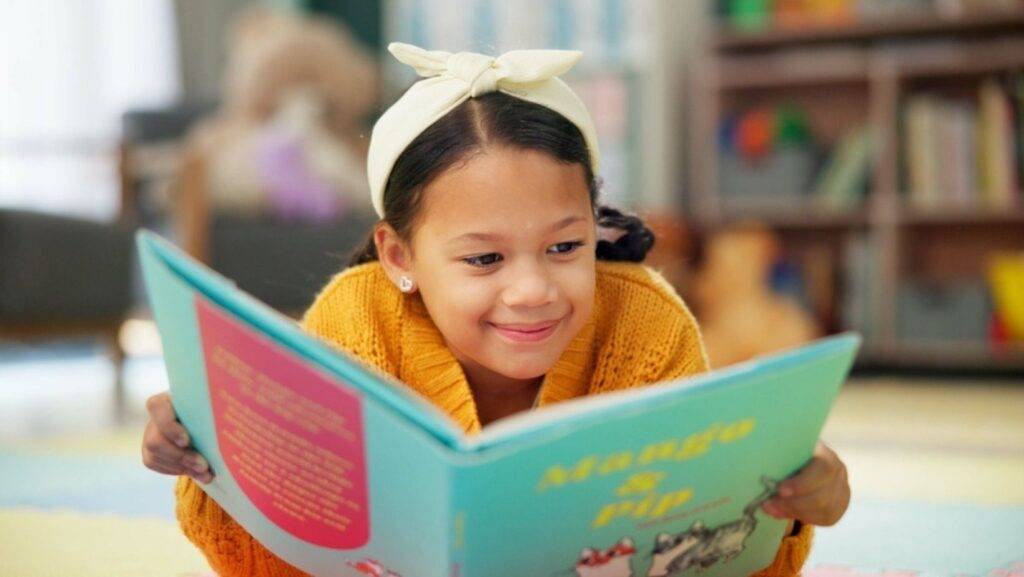In today’s complex world, students need to be open-minded. Books play a key role in developing this trait because they introduce readers to different viewpoints, ideas, and cultures. By reading, students can learn to understand and appreciate the diversity around them.
Also Read: How to Improve Community and School Relations?
10 Books to Foster Open-Minded Thinking in Students
Encouraging open-minded thinking in students is important for their growth as individuals and thinkers. Books that present different viewpoints help students consider new ideas and build empathy for others. By reading these kinds of stories, students can gain a better understanding of the world around them and learn to appreciate the complexity of various cultures and ideas.
1. “To Kill a Mockingbird” by Harper Lee
Harper Lee’s classic novel is a cornerstone of literature that deals with themes of racial injustice and moral growth. Through the eyes of Scout Finch, readers explore the complexities of prejudice and empathy in the American South. The book encourages students to question societal norms and understand others’ perspectives.
Also Read: Best Qualities of a Good Student
2. “The Diary of a Young Girl” by Anne Frank
Anne Frank’s diary offers an intimate look into the life of a Jewish girl hiding from the Nazis during World War II. Her reflections on human nature, hope, and resilience provide valuable lessons on the importance of understanding and tolerance. It’s a powerful reminder of the impact of prejudice and the strength of the human spirit.
3. “The Hate U Give” by Angie Thomas
This contemporary novel addresses themes of race, identity, and social justice through the eyes of Starr Carter, a young African American girl who witnesses police violence. It challenges readers to think critically about systemic issues and the importance of standing up for what is right.
Also Read: 10 Qualities of a Good Teacher
4. “The Giver” by Lois Lowry
Lois Lowry’s dystopian novel explores a society where emotions and choices are suppressed for the sake of uniformity. Through Jonas’s journey to discover the truth, students learn about the value of individual thought and the consequences of a controlled, unchanging environment. It encourages readers to appreciate freedom and diversity.
Also Read: What is Pre-Primary Education: Importance and Objectives
5. “Wonder” by R.J. Palacio
“Wonder” tells the story of August Pullman, a boy with a facial difference, and his experiences in middle school. The book promotes empathy and kindness by showing how August’s classmates and family members grapple with their own biases. It’s a heartwarming read that inspires students to embrace differences and treat others with compassion.
Also Read: Secondary Education: Definition, Importance, and Objectives
6. “The Absolutely True Diary of a Part-Time Indian” by Sherman Alexie
This novel follows Arnold Spirit, a Native American teenager who leaves his reservation to attend a predominantly white high school. Through humor and poignant moments, Alexie addresses themes of identity, cultural clash, and personal growth. The book encourages students to explore and respect different cultural experiences.
Also Read: What are the causes of Bad and Poor Handwriting?
7. “The Book Thief” by Markus Zusak
Set in Nazi Germany, “The Book Thief” follows Liesel Meminger, a young girl who finds solace in stealing books and sharing stories. Narrated by Death, the book provides a unique perspective on human suffering and resilience. It encourages students to see beyond superficial judgments and understand the deeper aspects of human experience.
Also Read: What is Science Exhibition? Importance & Objectives in Schools
8. “The Kite Runner” by Khaled Hosseini
Khaled Hosseini’s novel is a powerful story about friendship, betrayal, and redemption set in Afghanistan. Through the journey of Amir and Hassan, readers gain insight into the complexities of cultural and personal conflicts. It helps students understand the impact of their actions and the importance of forgiveness and empathy.
Also Read: Best Hobbies to Keep Your Mind Sharp
9. “The Alchemist” by Paulo Coelho
In this allegorical novel, Santiago, a young shepherd, embarks on a journey to find his “Personal Legend” or true purpose. Coelho’s tale emphasizes the value of pursuing one’s dreams and being open to the lessons along the way. It encourages students to think broadly about their own goals and the diverse paths to achieving them.
Also Read: Benefits of Reading Newspaper for Students
10. “Life of Pi” by Yann Martel
“Life of Pi” tells the story of Pi Patel, who survives a shipwreck and shares a lifeboat with a Bengal tiger named Richard Parker. This novel explores themes of faith, survival, and storytelling. It challenges readers to consider multiple perspectives and the power of belief in shaping our understanding of the world.
Also Read: How to Organise a Science Exhibition in School
Conclusion
These books offer more than just great stories; they help students become more open-minded and empathetic. Dr. Kishore’s Ratnam Schools emphasize these qualities by providing a curriculum that encourages exploring different viewpoints and building critical thinking skills. By including these stories in lessons, students are better prepared to understand and appreciate the diversity of cultures and ideas in the world around them.


